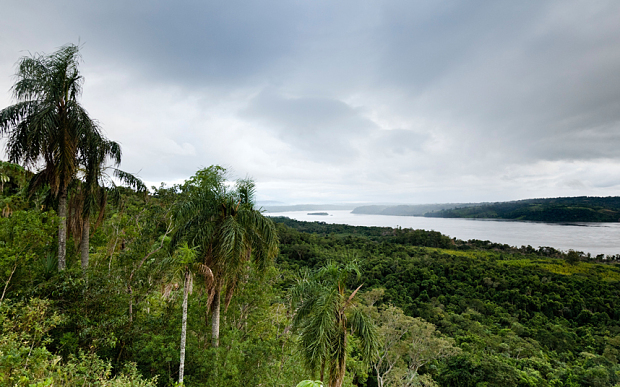
© AlamyView of the Rio Parana from Teyu Cuare park in San Ignacio, Misiones, Argentina.
A team of Argentine archaeologists investigating a series of ruins in the jungle, close to the border with Paraguay, believe they
have discovered a secret Nazi lair.The cluster of stone structures, now covered by thick vines and accessible only when using a machete to cut through the undergrowth, contain stashes of German coins from the late 1930s, fragments of "Made in Germany" porcelain, and Nazi symbols on the walls.
"We can find no other explanation as to why anyone would build these structures, at such great effort and expense, in a site which at that time was totally inaccessible, away from the local community, with material which is not typical of the regional architecture," said Daniel Schavelzon, leader of the team.
Mr Schavelzon, from the University of Buenos Aires, spent months exploring the site in the Teyu Cuare provincial park, in the Misiones region of northern Argentina. Local legend told that a house in the forest belonged to Martin Bormann - Hitler's right-hand-man, who took his own life in May 1945 - but Mr Schavelzon said there was no evidence to support what he called "an urban myth".
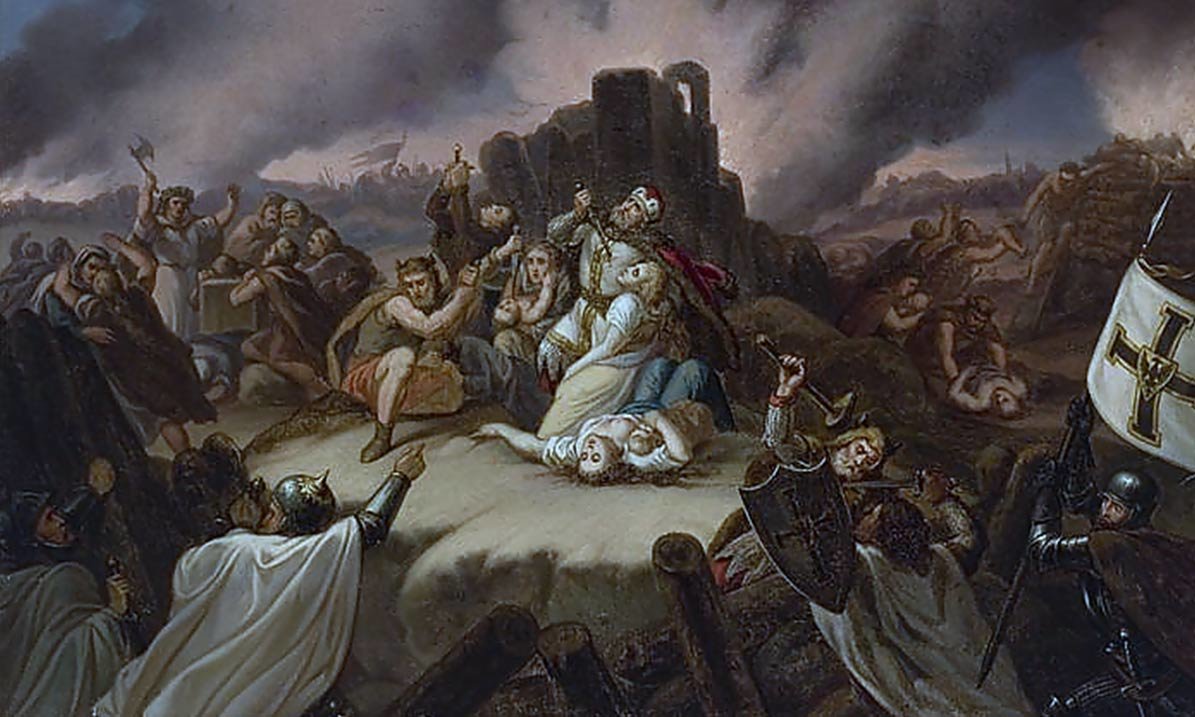

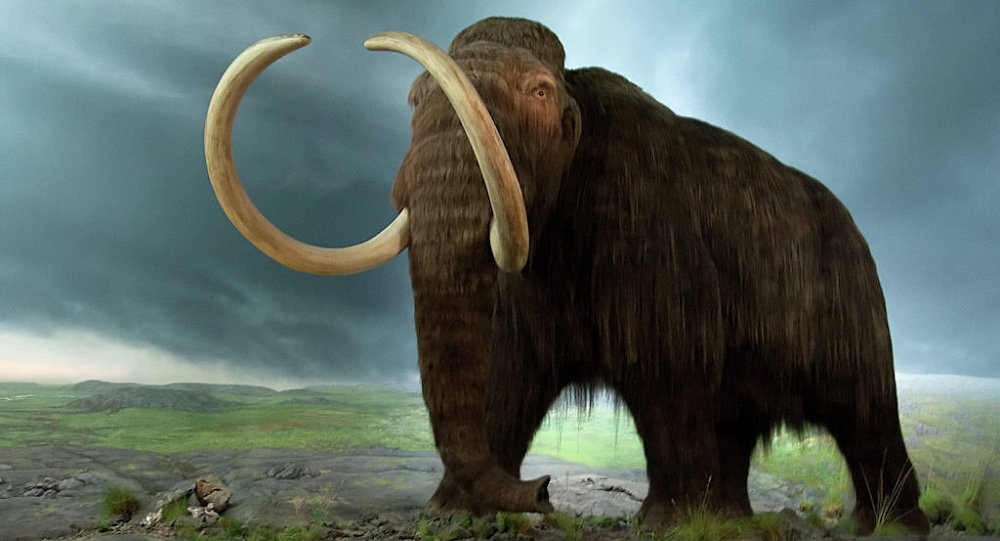
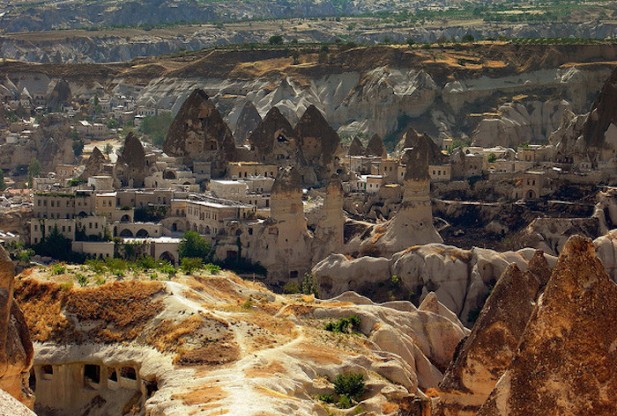
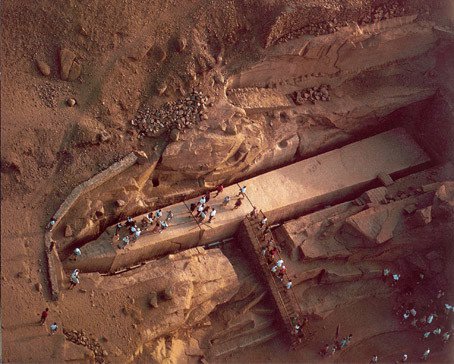
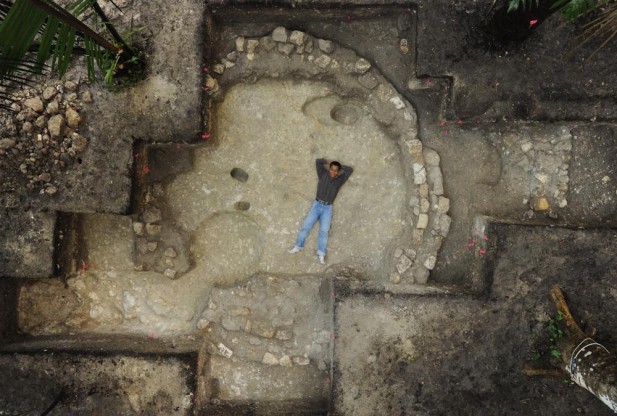

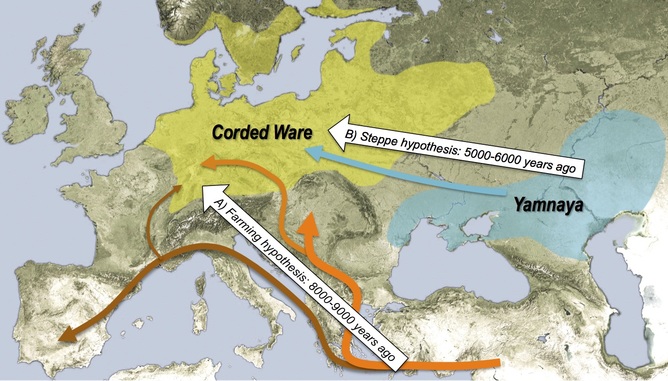

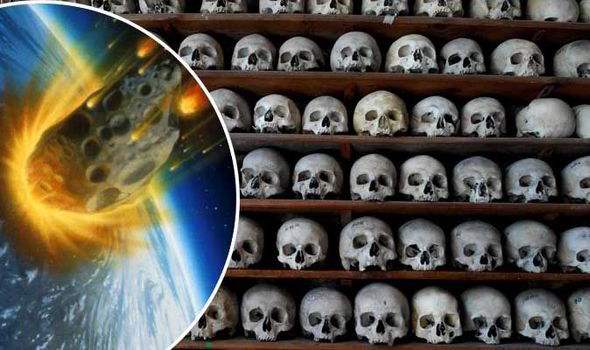



Comment: All of this certainly begs the question: with such a strong undercurrent of Nazi-like or fascistic thinking in existence in the U.S. for so long, where exactly is all this psychopathic machinery leading towards? And what are their goals now besides making a boat-load of money? If past is prelude, what can we expect to occur in the future? And how much of the Nazi mentality has just gone 'underground'?
If any of these questions may be answered with the name of a single intelligence agency or organization, we can certainly single out the NSA or National Security Agency for this one. What the expletive do they do anyway?? By all accounts, they are several times larger than the CIA, several times more secretive, and are funded tens of Billions of dollars every year from U.S. taxpayer money. How exactly do they keep us secure, one might ask?
Perhaps the job of the NSA was never to keep the lives of Americans and its "allies" secure at all. Perhaps its raison d'etre has more to do with the absolute totalitarian control and domination of U.S. and world citizens than anything else. They do, after all, have technology and supercomputers that keep tabs on the activities of law-abiding citizens down to the minutia of when, exactly, one might be reading these words here. And that's just what we know about.
The NSA's systems of surveillance are not unlike IBM's Nazi punchcard system; only several orders of magnitude larger and more powerful. So what the hell are they going to do with it? To what end do they even see the need for such a thing?
For some more background on the NSA and an exploration of this subject, read: Project L. U. C. I. D. by Texe Marrs.
Then, to put the NSA into an even broader context, read the incomparable Wave Series by Laura Knight-Jadczyk.